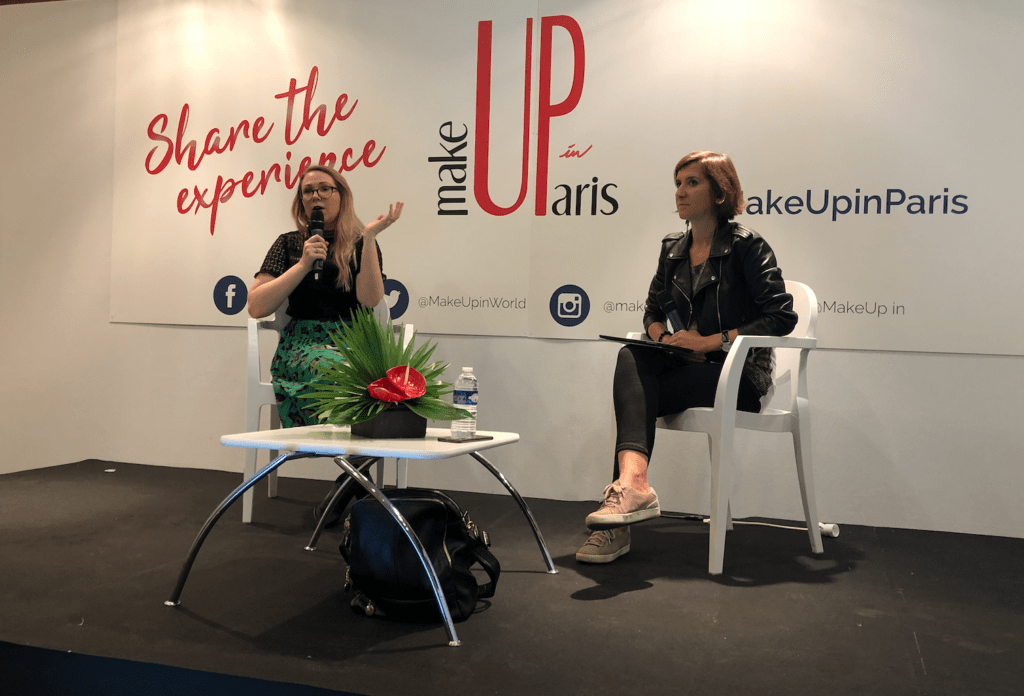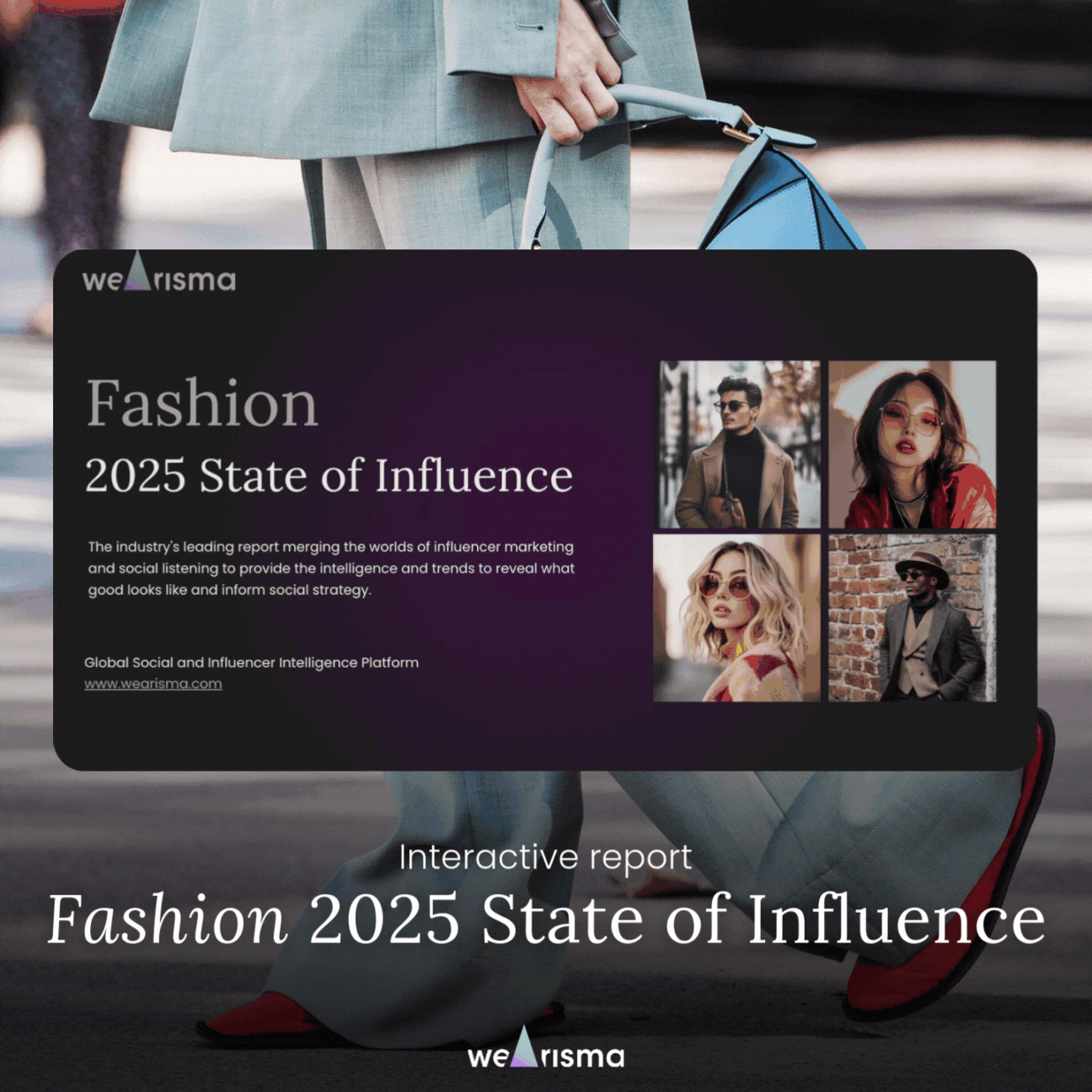At the 2019 MakeUp in Paris event, Wearisma’s Charlotte Darby revealed that UK luxury influencers focus on fashion and beauty while French influencers cover a broader range of topics, highlighting the need for brands to tailor content and identify key influencer types—Industry Insiders, Modern Artists, Sustainable Champions, and Baby Boomers—to enhance their strategies.

Published On: July 11, 2019
For 2019’s MakeUp in Paris event in June Wearisma’s Head of Client Services, Charlotte Darby, was delighted to outline The State of French and British Luxury Influence.
We analysed the online conversation and impact of luxury influencers in the UK and France and, from that data, we provided recommendations on how brands can get the most out of working with luxury influencers in each locale.
Wearisma Analysed UK and France Influencers’ Conversations
We identified luxury influencers by finding those who had mentioned the brand handles of luxury brands over a certain threshold in Q1 2019, across 40K influencers based in the UK and France. We were then able to compare the two groups and identify key trends for 2019.
Findings for Beauty Brands
We found that luxury influencers in France talk about a wider variety of topics than UK-based creators. Whereas UK luxury influencers talk most often about fashion and beauty products, their counterparts in France speak less about fashion, and their next most spoken-about topics are lifestyle and automotive. Beauty is low down the list.
This has implications for the beauty brands out there. Specifically, performances from posts where beauty products are being promoted through influencers in France should be part of posts about their lifestyle and less about the products themselves.
In comparison, for these brands, as UK luxury influencers often talk about fashion and beauty products, brands can work with them to create content that focuses directly on the products as it is likely to appear organic and fit seamlessly with the rest of their content feed.
This may indicate that the UK luxury audience is more open to beauty and fashion product-focused conversations and recommendations, whereas the audience in France may be following influencers for lifestyle advice and/or experience-sharing.
Luxury Influencers: Ones to Watch
In addition to identifying patterns in the types of influencers having a big impact in the luxury space, we have identified the four types of influencer to watch in 2019 for the luxury industry. We predict that they will generate above-average engagements and impact within the luxury industry.
1. The Industry Insiders
Individuals that hold professional positions within their industries, who can provide expert and trustworthy opinions. Emma Hill, for example, is a Fashion and Retail Manager with a strong online presence.
2. The Modern Artists
Luxury brands who embrace art achieve higher levels of brand engagement. Brand and artist collaboration has moved into the digital realm; for example with Gucci and photographer Benjamin Langford.
3. Sustainable Champions
Sustainability conversation among influencers has risen by over 500% between May 2018 and May 2019. The influencers with the highest engagement on the topic are fully focused on sustainability, and so brands should beware paying lip service with influencers who don’t consistently talk about the topic.
4. The Baby Boomers
1 out of 5 influencers including content for luxury fashion & accessories is part of the Baby Boomer generation. Their followers tend to have more disposable income and are more likely to invest in luxury, so are a great choice for luxury brands.
Conclusion
The conversations influencers engage in can be great opportunities for brands to be included, where brand and influencer values align.
Gaining expertise in the influencer space doesn’t have to be complicated with a team who provides intelligent analysis of influencer conversations.
Find out more about Wearisma at www.wearisma.com
Keep informed with the latest trends, reports, and case studies from the world of influencer marketing.

Influencer marketing has transformed significantly in recent years, expanding beyond simply identifying social media personalities with substantial followings. Today’s successful campaigns require sophisticated systems that address the entire marketing process, from strategic creator selection through content development to comprehensive performance analysis.

WeArisma’s Fashion 2025 State of Influence Interactive Report – Your Essential Guide to Beauty Brand Success in the Digital Age.
The fashion landscape is evolving. Traditional strategies no longer guarantee success – Resonance, Virality, and Authentic Engagement are beginning to define market leaders.
Our latest Fashion 2025 State of Influence Report uncovers the key shifts shaping the industry and the strategies fueling sustained impact.
Stay up to date with the latest industry trends and topics
Discover how WeArisma can help you harness the power in influence, grow your brand’s presence, and achieve measurable success.
WeArisma combines the power of AI, influencer marketing and social listening to deliver smarter, scalable strategies with real impact.